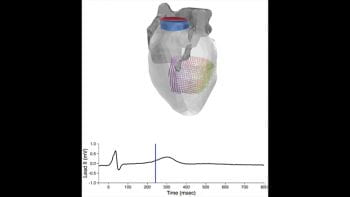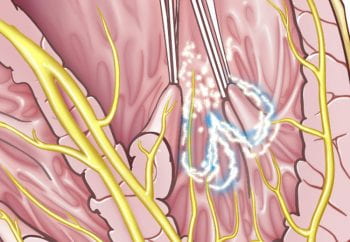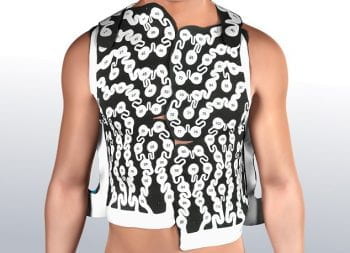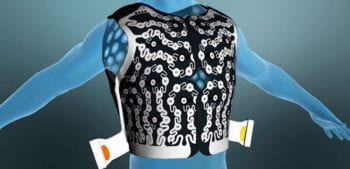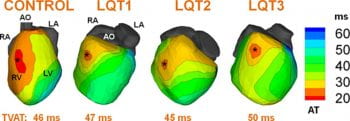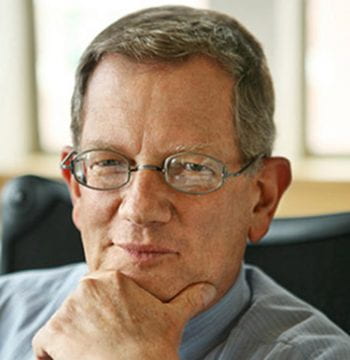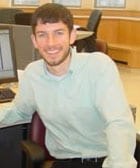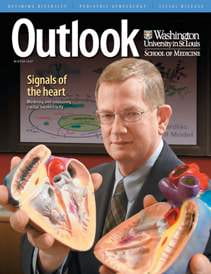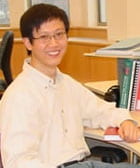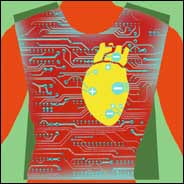Rudy lab conducts first study of electromechanics of healthy, living human hearts. While there have been numerous studies of abnormalities in the human heart, there have not been studies of the electromechanics of healthy adult hearts — until now.
Electromechanics of the Normal Human Heart In Situ (Links to an external site)
